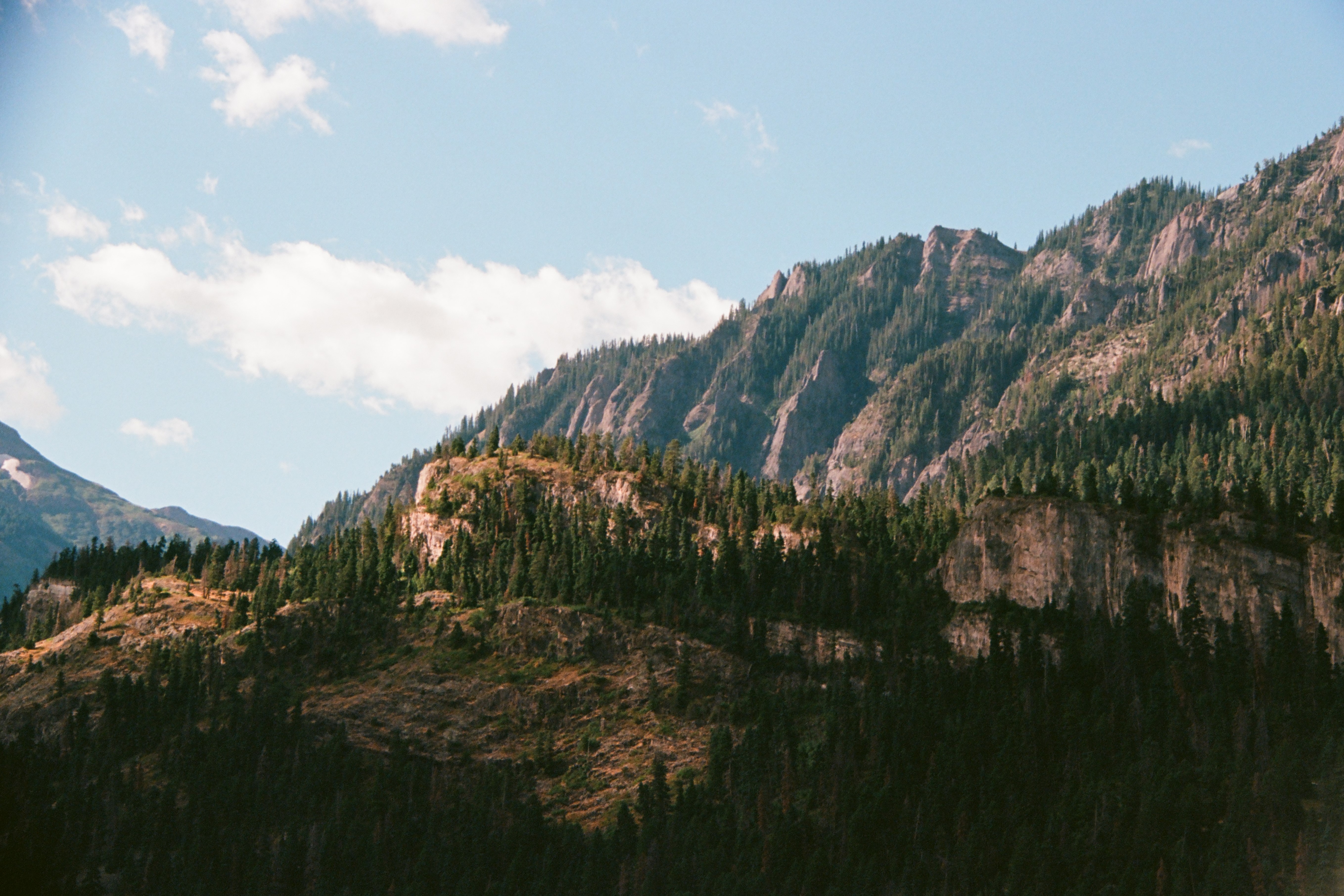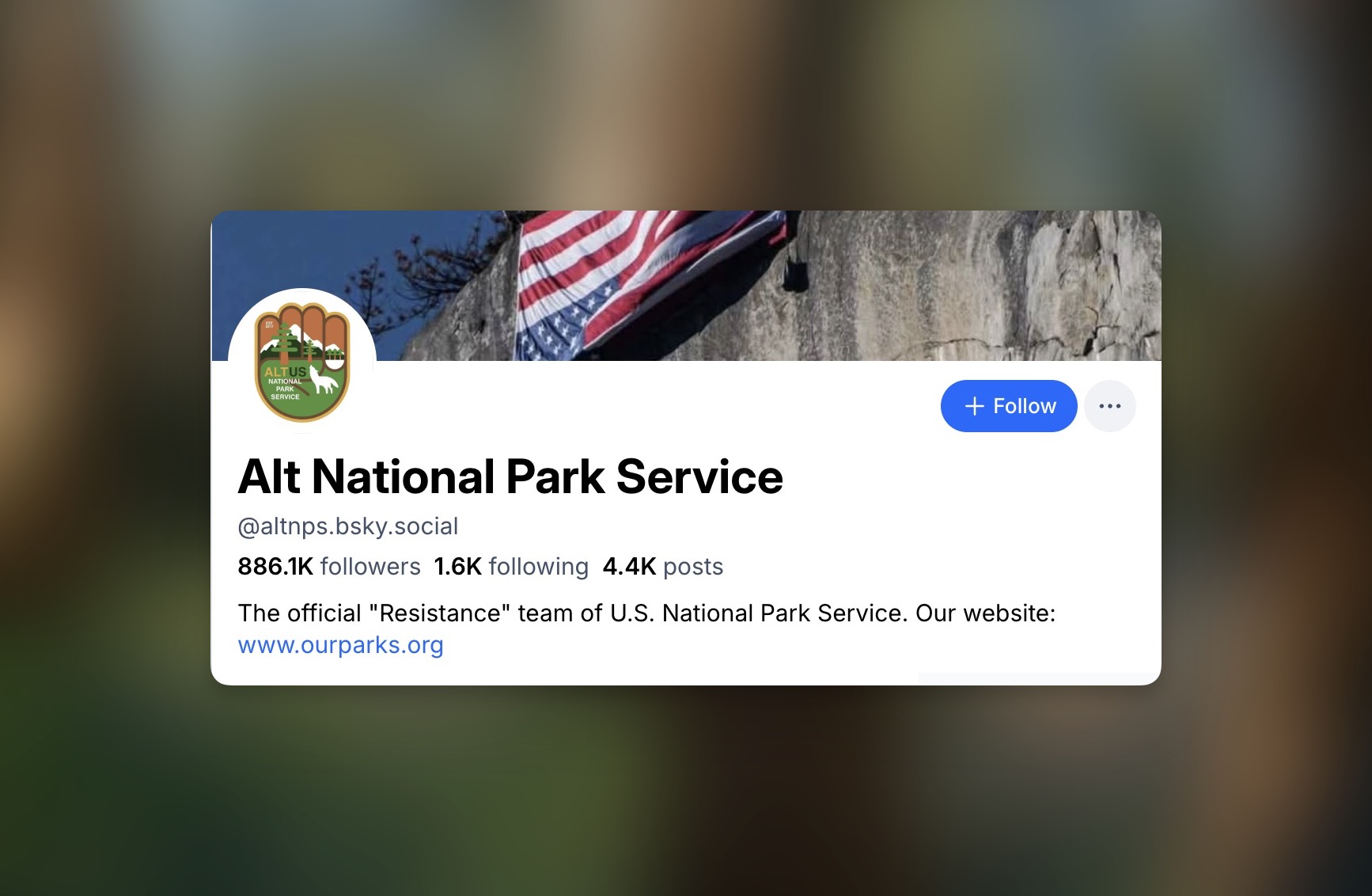If you’ve been in a mountain town this summer, you’ve probably seen them…signs outside of local businesses, apologizing for reduced hours due to lack of staff. Your first reaction might be assume that there’s a communication problem — not enough people know about these job opportunities. I’ve seen more than one person who decided to start a ‘mountain town job board’ because they heard businesses were having trouble finding workers. I’ve always toyed with doing something similar, but that doesn’t (at all) address the very big and very scary root problem we’re starting to see here.
The modern mountain town will collapse unless we solve the problem of affordable housing.
There isn’t a shortage of visitor demand. As an example, Ouray Brewing has been closing at 7pm this summer because of a workforce shortage — but often closes with a 100 person waitlist. The problem extends beyond restaurants, causing issues with everything from bike shops to shuttle drivers.

The problem is housing. With rent prices increasing up to 40% during the pandemic, there is simply nowhere for the lower-wage, seasonal workers who are the true lifeblood of these towns to live. I’ve been a big flag-carrier for remote work, but the influx of new, high-earning renters combined with the surge in second-home buying during 2020 has created an almost untenable situation. In most places, there’s both a lack of rental inventory AND the costs have increased significantly, creating a perfect storm of housing and labor issues.

As I’ve written about before, remote workers aren’t a completely negative addition. With the rise of more high-earning residents, they can bring needed economic diversification to many of these tourism-dependent places, increasing local spending and local investment. However, with the rise in workers working for out-of-county/out-of-state employers, these people will continue to out-compete local workers for housing opportunities.
There are also additional issues that have arisen in these towns, with local communities noting increasing backcountry crowds, traffic congestion, and overall quality of life taking a negative turn over the last year.

What can towns do?
Continue regulating short-term housing - This is an issue already being addressed in various forms. Limits on rental permits, who can rent, and rental-length (encouraging longer-term stays) are common, although will likely be expanded in the coming years. You can also increase commercial taxes on rental units. However, don’t know how big of a solution this will be, considering increased tourism and remote work demand means even mid-term rentals can command prices the average seasonal worker can’t afford.
Vacancy taxes - Essentially second homes or homes that do not meet an annual “lived in” timeframe should get taxed at a higher rate. If you’re only at your second (or third or fourth) home in Telluride for a week out of the year, you get taxed more.
Re-legislate tourism taxes - It depends on the state, but in Colorado, lodging taxes can only be used to fund additional tourism-related projects. This means local boards can’t take advantage of the income from high visitation and divert this funding into housing subsidies or affordable-housing projects.
**Density is your friend - **It’s probably not the most popular solution in ‘pristine’ mountain towns, but most mountain towns are limited in supply and geographically constrained. If we want to maintain these economies, you’re gonna have to build more, denser housing and likely additionally make it easier to build smaller units like ADUs.
Permits, permits, permits - A big driver of issues has been the increase in tourism traffic to the backcountry areas these communities abut. We’ve already seen an increase in permits to manage the flow of visitors to the backcountry, but this can also help control overall visitor numbers to these towns. There’s also a chance that part of this problem might “self solve” — with limited services, increased congestion, and permitted areas, we might see a decrease in tourism visitors overall. But that’s a big “might”.
State-level action - Local governments can’t do this completely on their own. With so many things wrapped up in the tourism economy in Colorado, the state should take steps to help address/stabilize things.
The return of the “company town”?
A staple of late 1800’s industrial growth, a “company town” is one in which most of the town (stores, jobs, schools, housing, etc) is owned by one company. An early example of this is Pullman, Illinois, and a more recent one being Elon Musk’s ‘Starbase’ being build around their launch facilities in Boca Chica, Texas.

You probably see where this is heading. Vail and Alterra often have a strained relationship with their seasonal workers, but they might be the only folks with both the capital and influence to make changes happen. A resort is already essentially a mini company town, with the owner controlling most of the lodging, jobs, and often many of the stores that seem unattached. Vail has already invested significantly in employee housing at various resorts, but I don’t think they have the capacity to house everyone they need to effectively run a resort (and associated businesses) at full capacity. Might they begin to extend their reach further beyond the resort in order to insure their access to staff for the foreseeable future? It’s not something I particularly want to see, but would not be surprised.
Probably unrelated, but the CEO of Vail Resorts just moved to a Chairman position, which the cynic in me sees as a way to get out of the firing line for potential issues this ski season related to overcrowding (because the Epic Pass was so cheap), combined with a shortage of staffing due to the issues outlined above.
The bottom line
Like most things I tend to write about, there’s not a peachy solution. It’s going to be a complicated, difficult time for many mountain towns as they navigate a changing community, workforce, and housing landscape. If you’re interested in going more in depth as it relates specifically to Colorado (although I think many of the conclusions can be broadly applied across the West), I highly recommend reading the Mountain Migration Report, where I pulled a few of these stats and charts.



